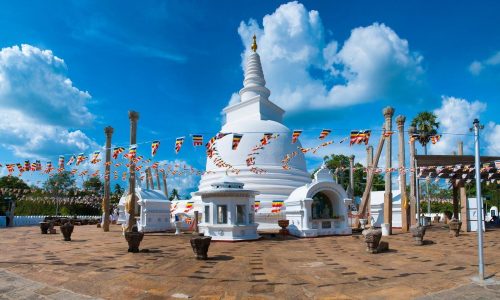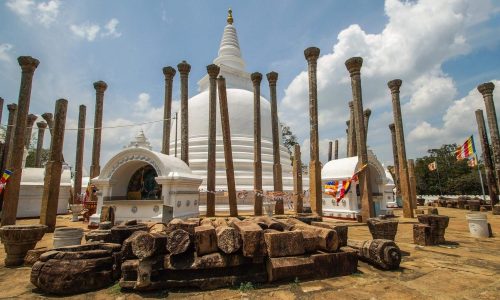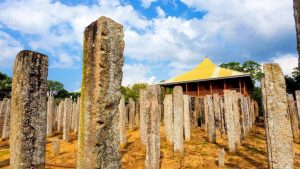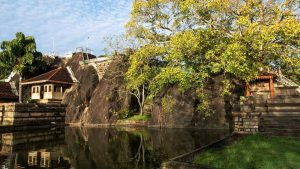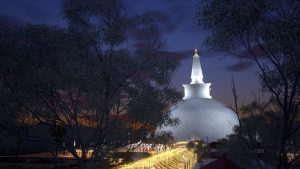Thuparamaya Dagaba is one of the oldest and most revered Buddhist stupas in Sri Lanka. Located in the ancient city of Anuradhapura, Thuparamaya Dagaba stands as a symbol of Sri Lankan Buddhism’s rich heritage and history.
Thuparamaya Dagaba has built in the 3rd century BC during the reign of King Devanampiya Tissa. It has believed to be the first Buddhist stupa built in Sri Lanka after the introduction of Buddhism to the island by Mahinda Thero, the son of Emperor Ashoka of India.
The Dagaba is a circular dome-shaped structure that measures approximately 59 feet in diameter and 69 feet in height. It was built using large bricks and clay, then covered with white plaster. The dome has topped with a conical-shaped spire made of solid stone, decorated with a series of small stupas.
The stupa has surrounded by a circular walkway covered by a wooden roof. The walkway has decorated with a series of stone pillars and moonstones, believed to have been used for ceremonial purposes.
Inside the Dagaba is a chamber containing a replica of the Buddha’s collarbone relic. The chamber is accessible via a narrow staircase, and visitors cannot enter it.
Thuparamaya Dagaba holds great significance to Sri Lankan Buddhists, as it has believed to house a relic of the Buddha. The stupa is also an important site for pilgrimage and meditation. In addition, devotees worldwide come to Thuparamaya Dagaba to pay their respects, offer prayers, and seek blessings.
The stupa has undergone several renovations and restorations over the centuries, the most recent being in the 20th century. Despite these renovations, Thuparamaya Dagaba has retained its ancient charm and remains an important landmark in Sri Lankan Buddhism.
Thuparamaya Dagaba is a testament to the rich history and heritage of Sri Lankan Buddhism. Today, it inspires and awe visitors with its architectural beauty and spiritual significance.
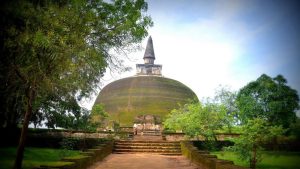
Heritage Site
Abayagiriya Monastery
Abayagiriya Monastery in Sri Lanka is an important center of Buddhist learning and meditation with a rich history dating back to the 2nd century BC.


